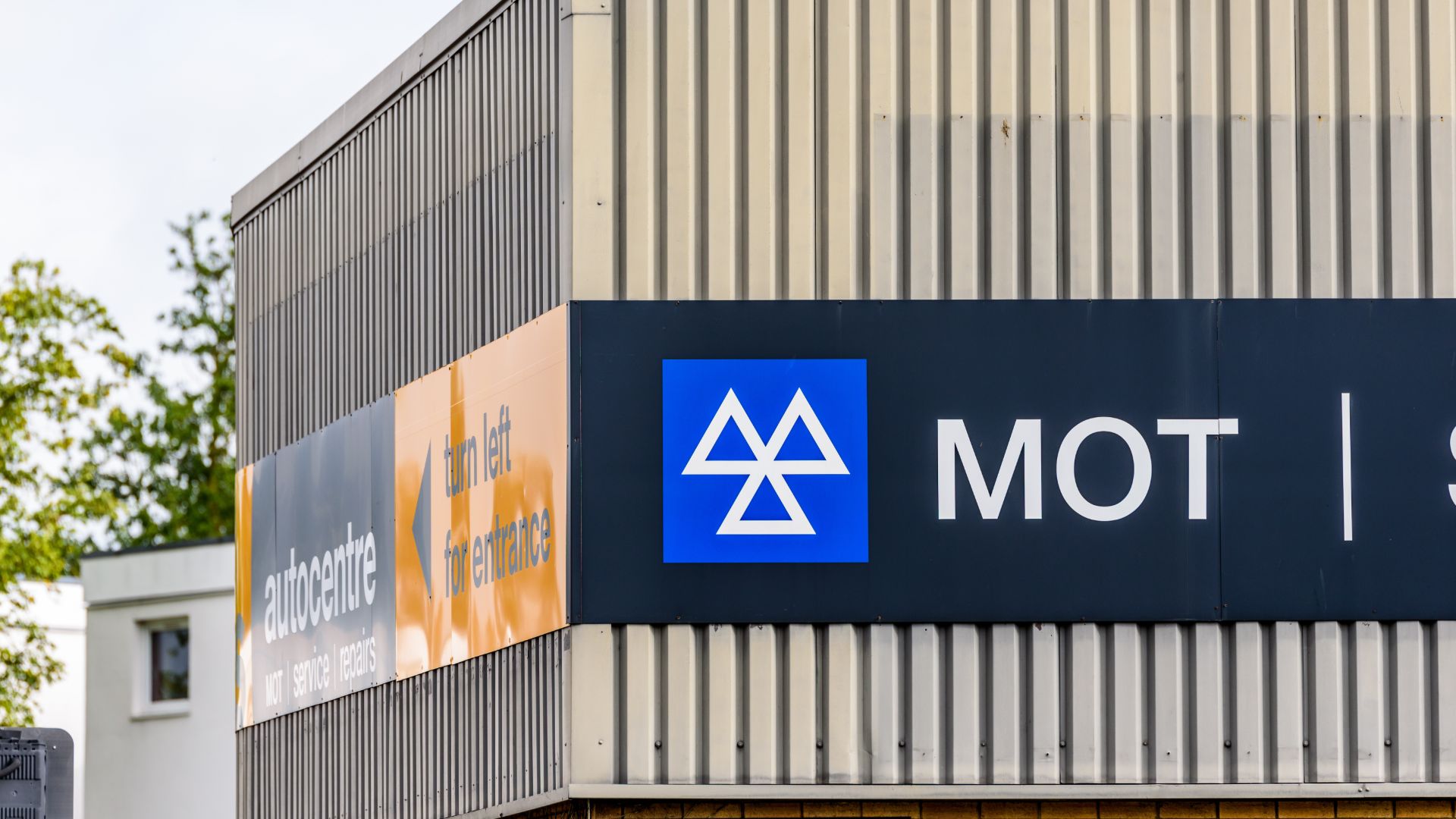
It’s March, which means a new registration plate for new cars. And increased sales mean more older cars will need an MOT test this month.
The annual MOT test is a legal requirement for all cars over three years old. Approved testing stations will make sure your car is operating as safely and cleanly as it was when new.
The Driver and Vehicle Standards Agency (DVSA) says around 40 percent of cars fail the MOT at the first attempt. Further MOT data reveals around half of faults could have been easily avoided.
These quick and easy checks allow you to fix faults before they cost your car an MOT pass. Here are 11 things to check on your car.
- MOT emissions test failures DOUBLE since tougher standards introduced
Emissions modifications
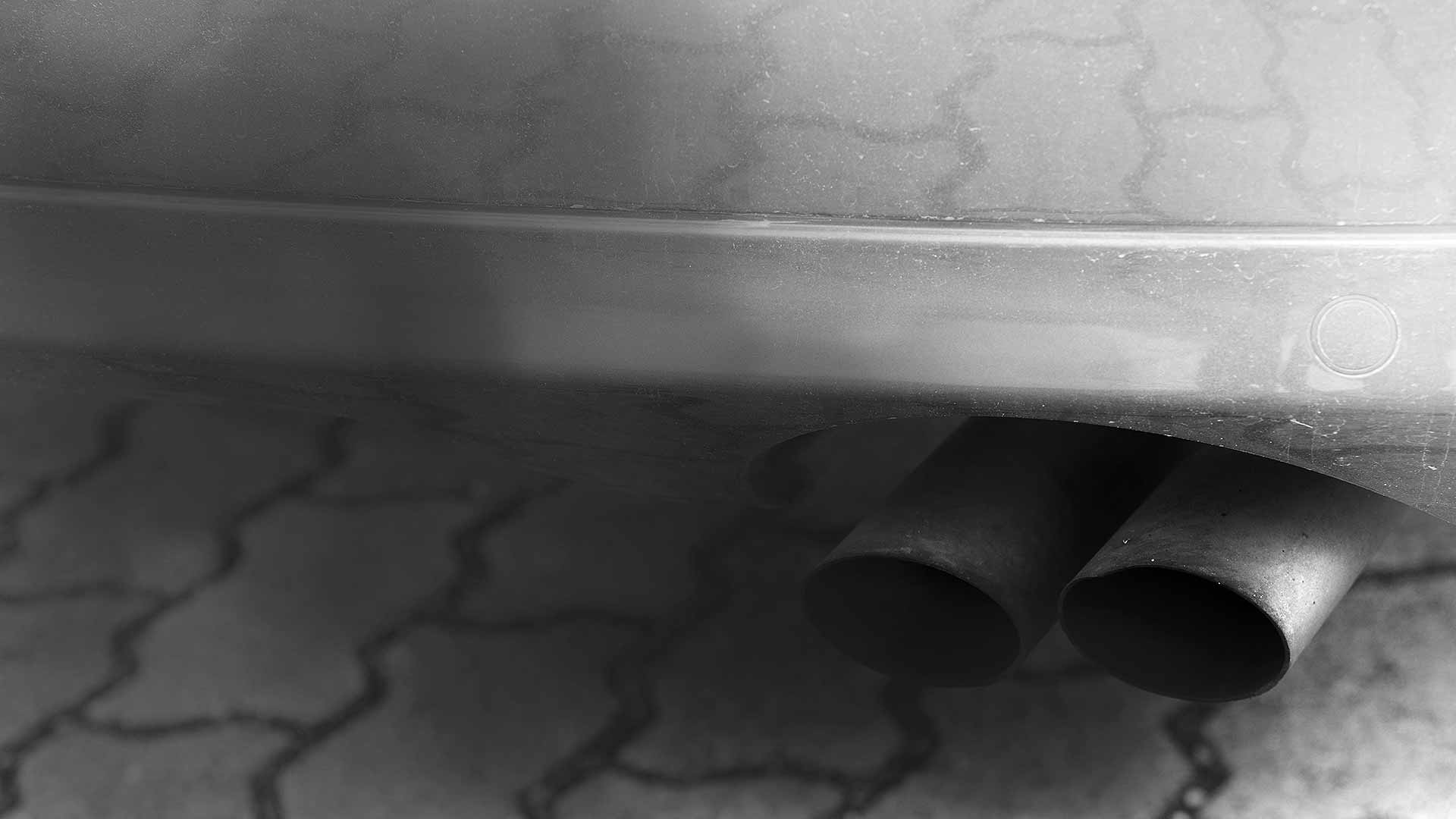
Following an overhaul of the MOT test in May 2018, it’s never been harder to pass first time. Under strict new rules, faults are graded depending on how dangerous they are, with greater emphasis placed on diesel car emissions. As a result, emissions-related test failures have nearly doubled. So, how can you ensure your car will pass? Firstly, check it’s fitted with everything it had when it left the factory.
The removal of a catalytic converter nearly always results in a failed MOT. However, thanks to recent changes to the test, other emissions devices need to be retained as well. Removed your EGR (exhaust gas recirculation) system, or your DPF (diesel particulate filter)? Or has the previous owner done so?
These were popular modifications, designed to remove complicated and expensive parts the car can function without. But they may lead to an MOT fail. Make sure everything is plumbed in and working properly. We understand this is a bit more in-depth, and hardly a quick fix, but better the devil you know…
Lights
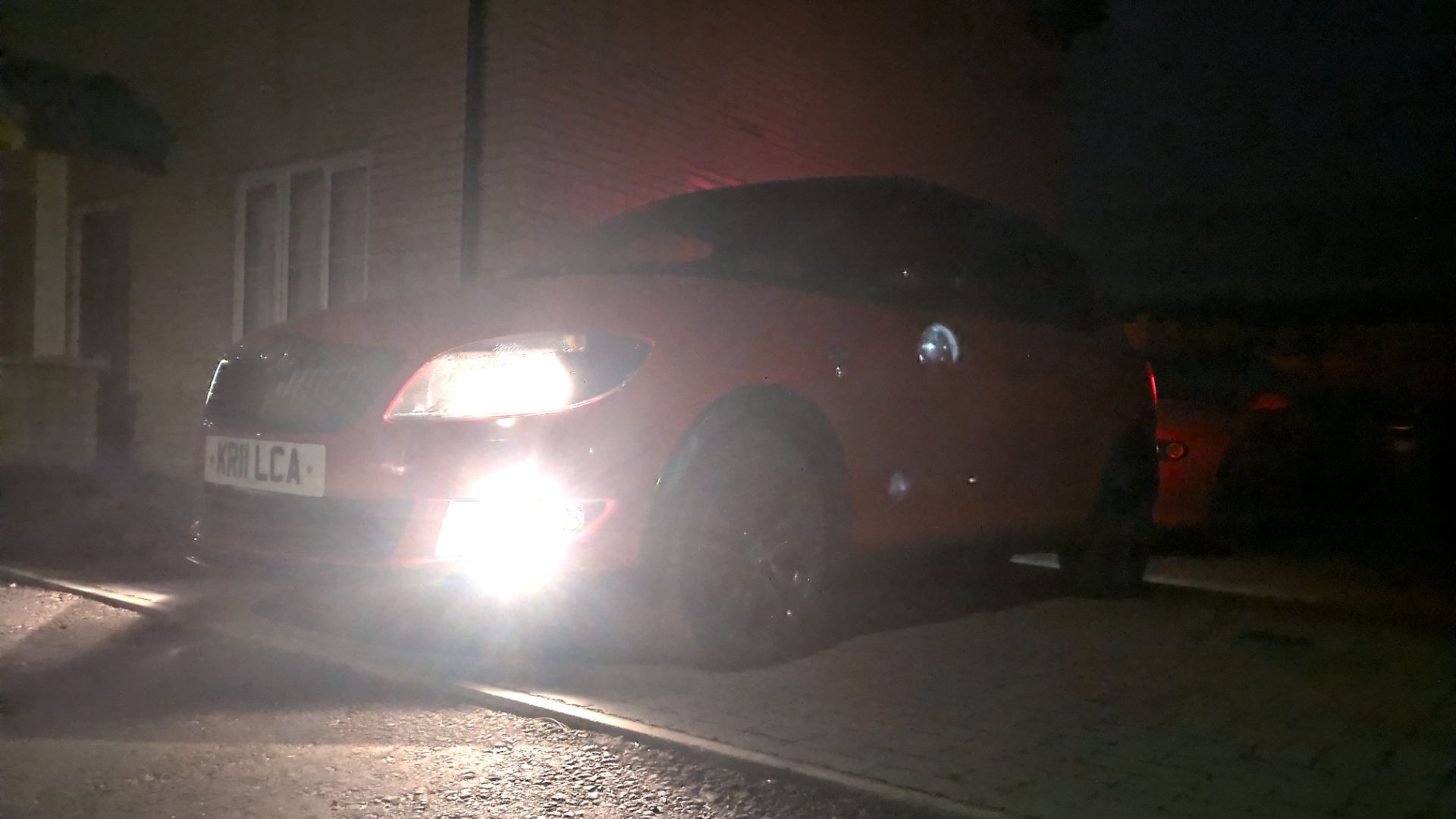
This one is blindingly obvious, but so many motorists forget to check their lights before the MOT test. Indeed, a surprising 30 percent of faults found during the MOT test relate to lighting and signalling.
Make sure you check all lights – headlights, sidelights, rear lights, hazard lights, fog lights and indicators – and be sure to include the brake lights in your inspection. Either ask a friend to press the brake pedal, or reverse up to a reflective surface. Make sure the high-level brake light is functioning correctly.
Number plates
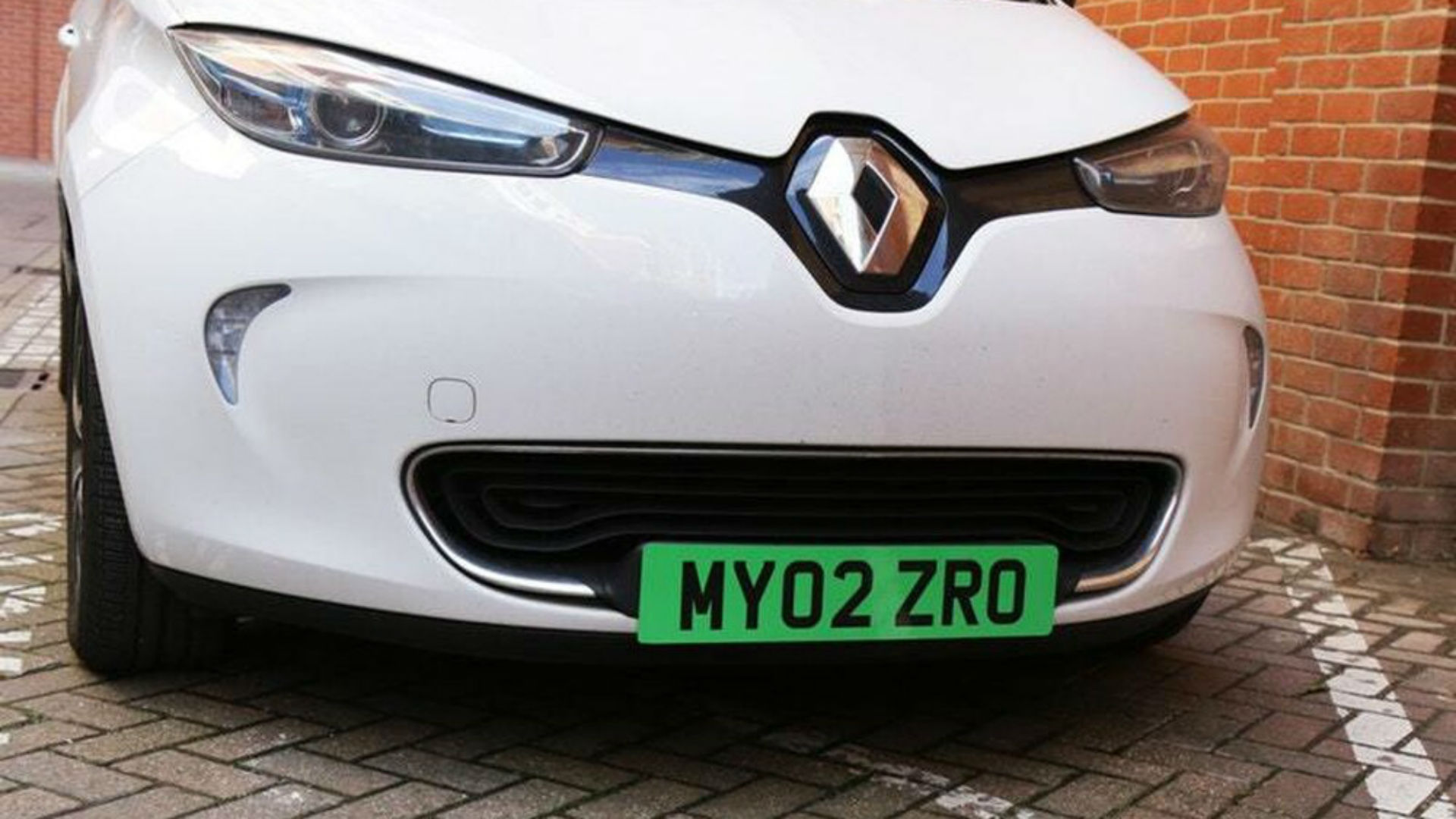
Number plates (also known as licence plates) must show the car’s registration number correctly. You could be fined up to £1,000 and your car will fail its MOT if you drive with incorrectly spaced letters or numbers.
The number plates will also be inspected for condition, secure attachment and colour. Give yourself plenty of time to order a new set of plates – you can only order from a registered number plate supplier. You will need to prove your identity and show that you’re entitled to the registration number.
Also check that the number plate lights are working, if your car has them.
Wheels and tyres
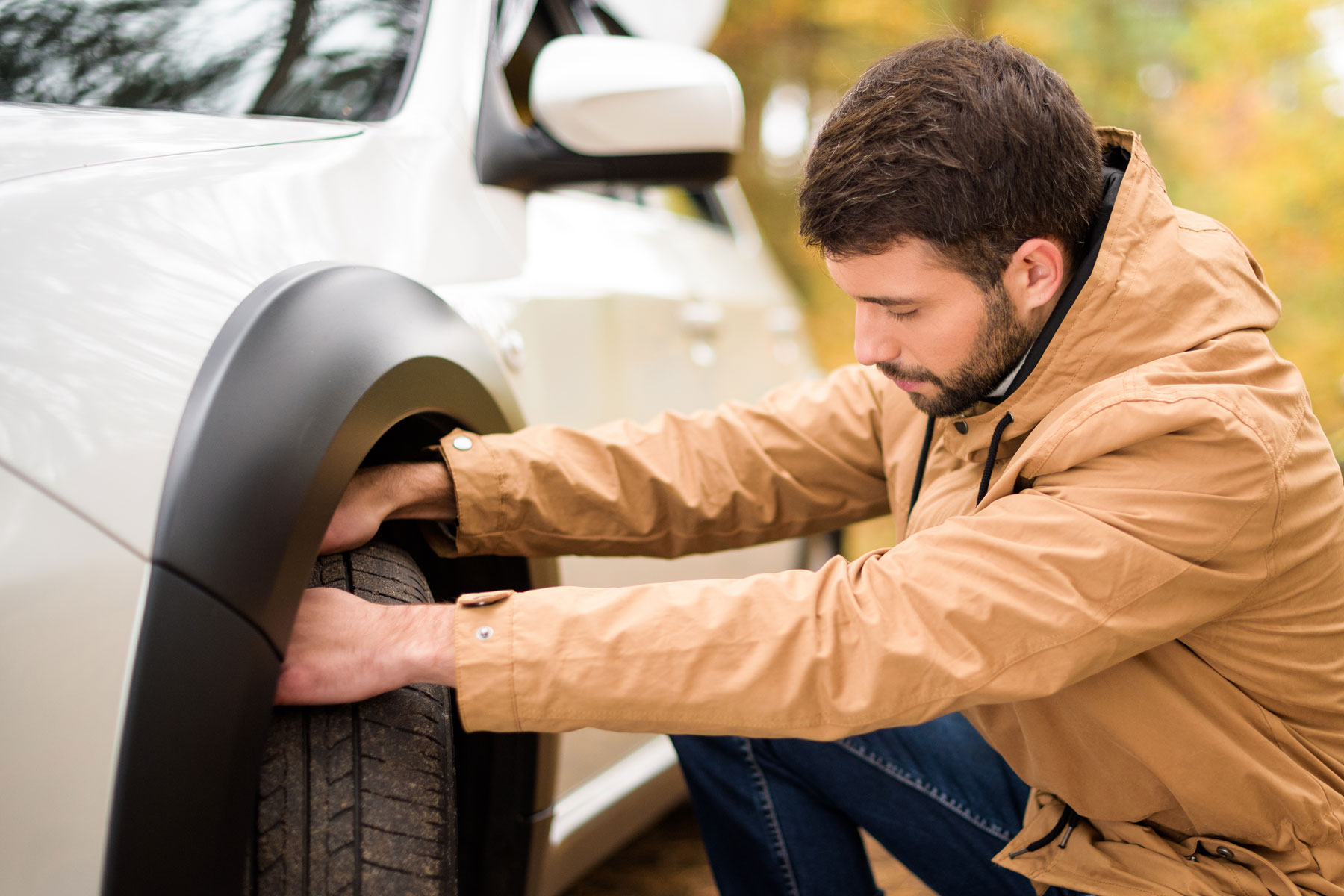
Firstly, check that the wheels and tyres are undamaged – you can do this yourself or at a local tyre fitter. The minimum tyre tread depth is 1.6mm, and anything less than this will be marked as a fail.
However, we’d recommend changing the tyres when the tread reaches 3mm. Research has found that 13 percent of drivers knowingly drive with illegal tyres.
While spare wheels and tyres are not inspected, it’s worth noting that cars first used on or after 1 January 2012 will be checked to make sure the tyre pressure monitoring system (TPMS) is working.
Note: 10 percent of all MOT faults are related to tyres.
Seats and seatbelts
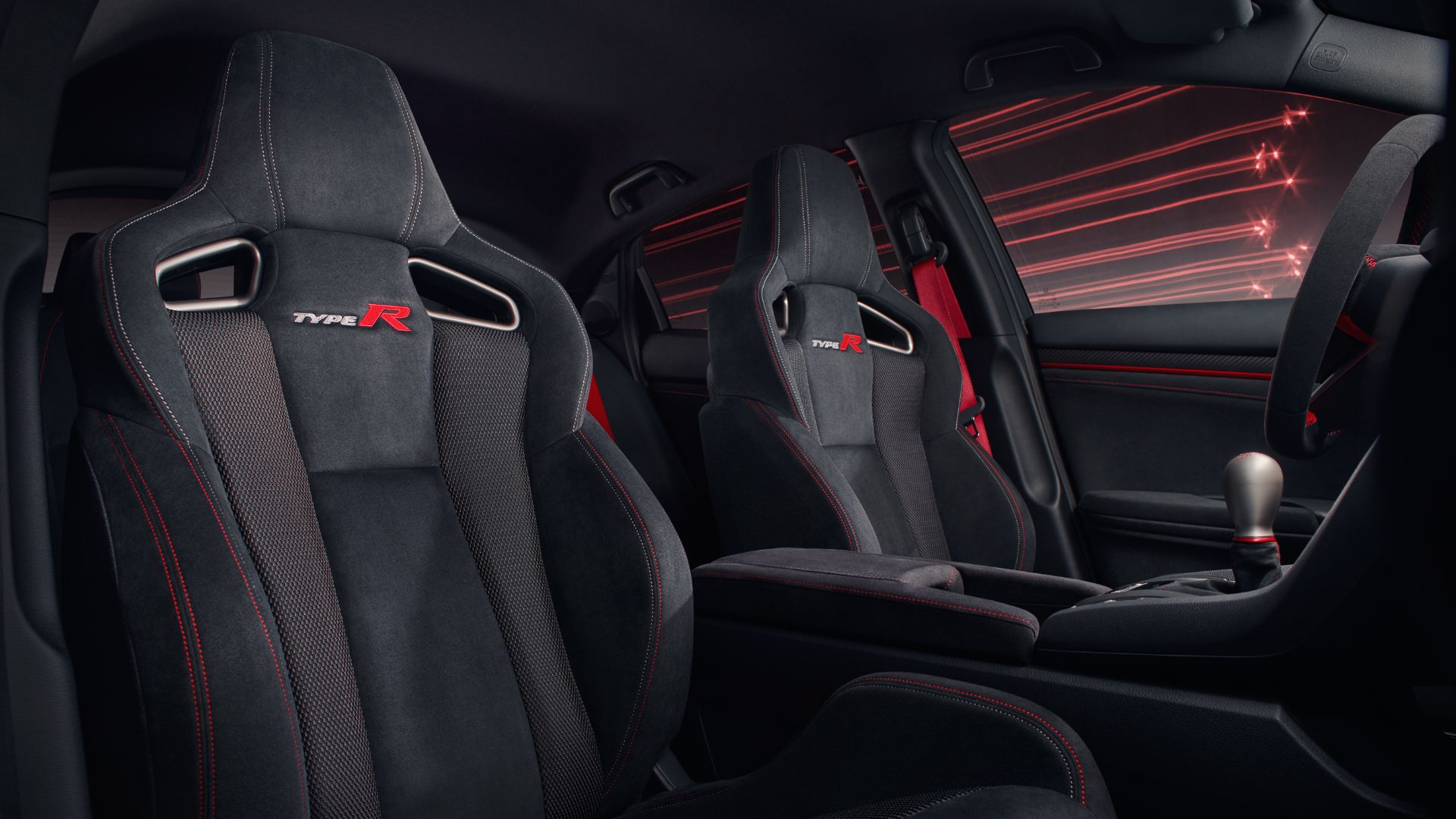
Check that the driver’s seat can be adjusted and that all seats are securely fitted. It’s essential that the seatbacks can be fixed in the upright position.
While you’re there, check the entire length of the seatbelt for damage and pull on them sharply to ensure that they react appropriately.
Windscreen
Take a look at the windscreen to ensure that there are no cracks or damage to the glass. Any damage larger than 40mm will result in a fail, as will any chips or damage wider than 10mm in the area swept by the wipers.
Wipers
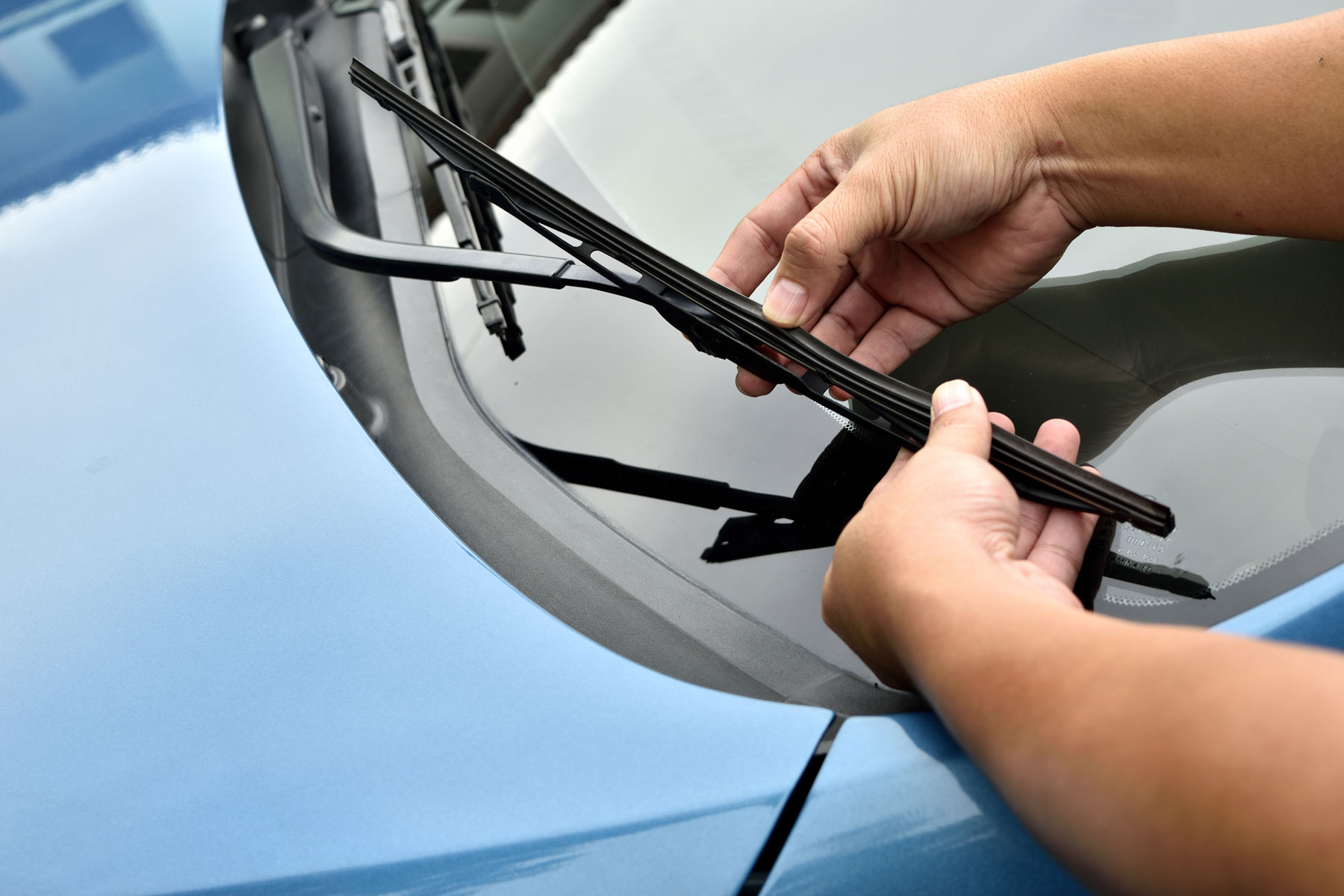
On the subject of wipers, make sure they are able to clear the windscreen of rain. If it’s not raining, use a watering can or a hose. The wiper blades should be free of damage or tears – it’s likely to be cheaper to buy a set of new blades in advance rather than relying on a distress purchase at the MOT test centre.
Note: 8.5 percent of all MOT faults are related to ‘Driver’s view of the road’. So, if you have stickers, toys or air-fresheners obstructing your view, remove them before the test.
Fluids

Your car could fail its MOT for having no screenwash, so make sure the washer bottle is topped up in advance. You’ll also be turned away from the MOT test centre if the vehicle has insufficient engine oil or fuel. The MOT tester will check the power steering fluid, too.
Horn
Again, it’s a simple one to check, but when was the last time you used your horn? Make sure it works and is the suitable horn for the vehicle.
Warning lights
If your car’s dashboard lights up like a Christmas tree you could be in for a rough ride at the MOT testing station. A failed main beam warning light will result in a fail, as will the ABS light, engine warning light, brake fluid light and airbag warning light. Get all dashboard lights checked out in advance.
Suspension and brakes
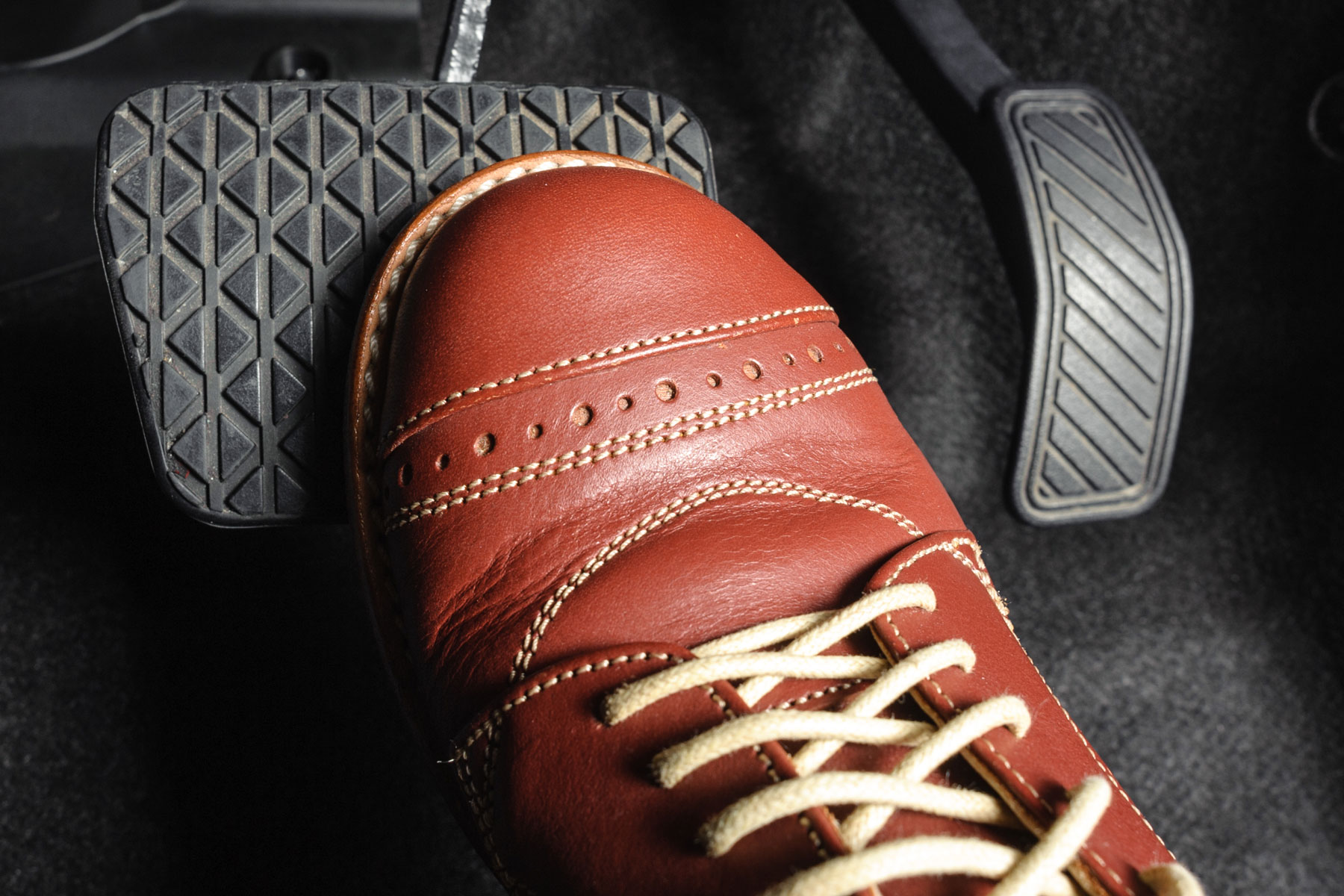
One in 10 of all MOT fails are related to brake issues, and you can minimise the risk by testing the brakes every day. If you hear any strange noises or the car pulls to one side, consult a garage.
Similarly, the MOT tester will check the suspension, so press down on each front wing to check for worn shock absorbers. If the car ‘bounces’ up and down rather than returning to the correct position, they may be worn. Also, listen out for knocking noises
These simple checks should only take a few minutes, but it’ll be more hassle arranging for any repair work to be carried out or booking a re-test. For a full list of the car parts checked during the MOT test, visit the government website.
Remember, an MOT test isn’t the same as having your car serviced and doesn’t provide an accurate description of the vehicle’s general mechanical condition. Regular service and maintenance will almost certainly improve your chances of an MOT pass and fewer advisories.
You have explained thing entirely what to do before the MOT test. It is helpful.
What about ‘running-lights’? & audio warning on reverse?